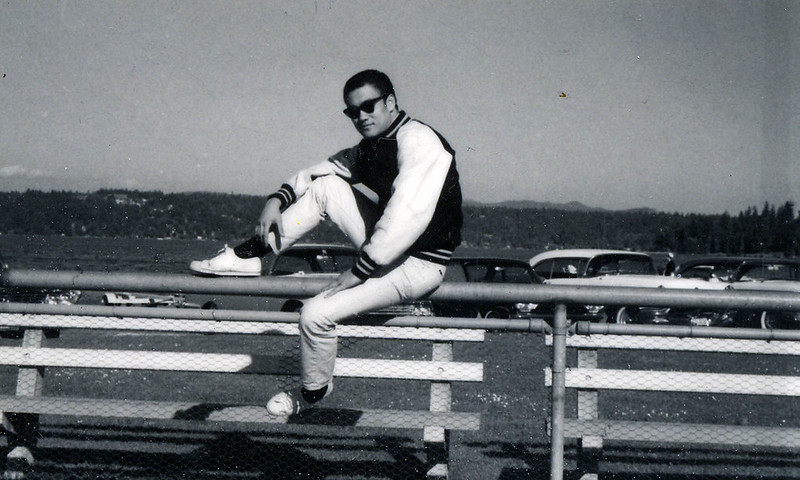
Sundance Film Review: Be Water
Sundance
Be Water
Sundance Film Festival
Director: Bao Nguyen
There is no denying the presence and charisma that Bruce Lee has onscreen. His quick, agile fighting style captured audiences in Hong Kong, America, and around the world. Be Water explores Bruce Lee in the context of the ’60s and ’70s in America and how he was a revolutionary figure for Hollywood and for Asian representation in films.
Bruce Lee’s presence onscreen was a revolutionary for Asian Americans who experienced racism and discrimination. Be Water highlights how Lee pushed the boundaries for what roles Asian Americans played in Hollywood. Playing Kato in Green Hornet, Lee fought for more of a speaking role within the show, and easily captured attention as a lead when he was originally intended to just be a sidekick. In Be Water, Lee’s daughter Shannon Lee says that for some of the films Lee appeared in, if there was anything his character said that was insightful or philosophical, it was because Lee fought for it to be a part of his character.
One thing I really appreciated about Be Water is the way Lee was contextualized within the background of the Civil Rights Movement. Be Water proved what kind of man Bruce Lee was on a personal level by showing that he taught people of all backgrounds. One of the people Lee admired most was Muhammed Ali, both for his athletic prowess and his willingness to fight the draft and stand up for his rights.
The film explained that in Chinese culture, it was taboo to share martial arts knowledge with non-Chinese people. Bruce Lee broke the mold by extending his knowledge to those willing to learn from him. However, he was also proud of his Chinese heritage. He would not take roles that were demeaning to Asian people, essentially changing the industry in his short career. (Continues below.)
It’s interesting to see how Bruce Lee’s films were inspirational the people of Hong Kong in their fight for their independence against the British in the ’60s. The film makes inferences that his legacy is still relevant to the movement today. In the credits, a current protester is shown in Hong Kong wearing a Bruce Lee quote on his backpack.
While Be Water successfully proves Lee’s influence in Asian representation in American films, I also felt as though the film lingers a little too long on certain points of Lee’s life and doesn’t spend enough time to other elements. Lee’s own style of martial arts, Jeet Kune Do, was mentioned, but as an audience member, I didn’t really leave the film of understanding what this was or why it was so unique. Interviews with friends and family didn’t show faces, instead playing their words over the archival footage of Lee. I also noticed at one point that a soundbite from Shannon Lee was used twice in the film. While the archival footage is amazing, especially seeing Lee teaching his students, including Kareem Abdul-Jabbar, it was difficult at some points throughout the film to understand who is speaking.
Overall, I think Be Water was partially effective in highlighting Lee’s legacy. While I wish the film was chronological, I think the archival footage of Lee’s fight scenes and philosophy were successful in showing why Lee was so revolutionary and influential. –Ali Shimkus
Showtimes:
Jan. 27 // 9:45 p.m // The Ray Theatre Park City
Jan. 30 // 12:00 p.m // Redstone Cinema 7 Park City
Jan. 31 // 6:00 p.m // Sundance Mountain Resort Screening Room
Feb. 1 // 8:30 a.m // Prospector Square Theatre
Read more of SLUG’s comprehensive coverage of the 2020 Sundance Film Festival.